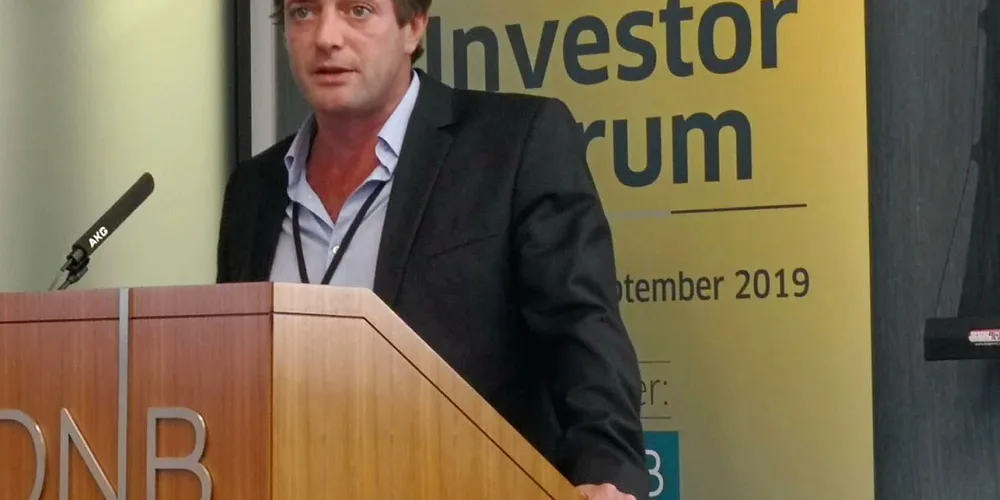Atlantic Sapphire's struggles don’t diminish the promise of land-based aquaculture, says The Kingfish Company CEO
Recirculating aquaculture systems (RAS) could account for a third of global fish supply in the next 30 years if global demand continues to increase, and hiccups along the way have to be expected, a top executive told IntraFish.
